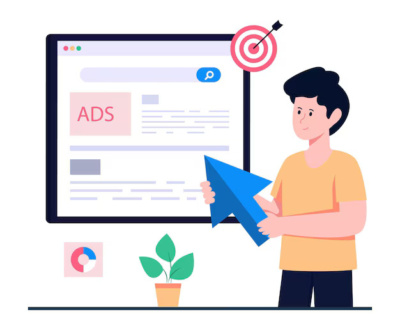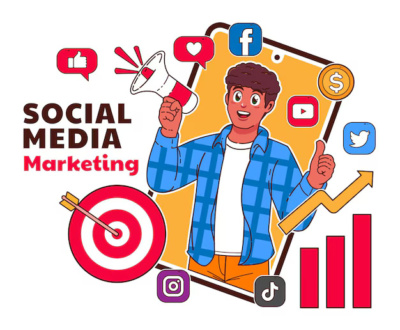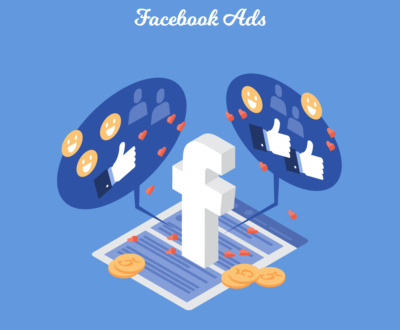Dark Social Traffic: Measuring the Untrackable in Digital Marketing
- September 29, 2025

Every digital marketing executive faces a multi-million dollar blind spot that traditional analytics can’t detect. While marketing teams celebrate their latest campaign metrics, up to 84% of consumer sharing happens through channels they’ll never see in their analytics dashboard. This phenomenon—dark social traffic—represents the single largest blind spot in modern marketing attribution models.
Common Quetion Asked:
What are examples of dark social channels?
Examples of dark social channels include private messaging apps (like WhatsApp and Facebook Messenger), email, text messages (SMS), and private online groups (such as Facebook Groups and Slack channels). These are considered “dark” because they are private conversations that prevent traditional web analytics from tracking the source of a link’s referral.
Understanding the Hidden Social Traffic Sources Revolution
Dark social marketing isn’t about clandestine activities or hidden agendas. It’s the reality of how humans actually share content online: through private WhatsApp messages, Slack channels, email forwards, and SMS threads. When someone copies your URL and pastes it into a private conversation, traditional analytics platforms categorize this as “direct traffic,” masking the true social nature of the referral.
The Real Cost of Ignoring Dark Social Analytics
When measuring dark social becomes an afterthought, strategic decisions get built on flawed foundations. Consider this scenario: Your team cuts budget from content marketing because Google Analytics shows poor social performance, while simultaneously increasing paid search spend because “direct traffic” converts well. In reality, you’re defunding the content that drives private social sharing while rewarding the last-click touchpoint.
This misattribution creates a domino effect across your entire digital marketing strategy. Customer journey tracking loses accuracy, content creators receive misdirected feedback, and ROI calculations become fiction disguised as data. The social media marketing trends 2025 clearly indicate that private messaging apps now dominate communication, making this challenge exponentially more critical.
Advanced Strategies for Measuring Dark Social
Implementing robust dark social analytics requires a multi-pronged technical approach that goes beyond basic UTM parameters. Here’s how leading organizations are finally illuminating their hidden social traffic sources:
URL Shortening with Intelligence
Deploy branded short links for all shareable content. Many services or custom solutions provide click tracking that survives the copy-paste journey. At 1into2 Digital, we’ve implemented dynamic link generation that creates unique shortened URLs for each content piece, enabling granular tracking of sharing patterns across private channels.
Content Fingerprinting Technology
Install sharing buttons that append unique identifiers to URLs before they enter the clipboard. When users share via private channels, these markers survive the journey, allowing your analytics to distinguish between true direct traffic and private social sharing marketing activity.
Behavioral Pattern Analysis
Examine traffic spikes that coincide with social media posting schedules but appear as “direct” in analytics. If your blog post receives 1,000 “direct” visits within two hours of a LinkedIn post going live, you’re witnessing dark social in action.
Revolutionizing Marketing Attribution Models for the Private Sharing Era
Traditional last-click attribution crumbles in the face of untrackable social shares. Progressive marketing attribution models now incorporate probabilistic modeling to account for this invisible influence. Here’s the framework 1into2 Digital implements for clients navigating this complexity:
Statistical Correlation Mapping
Cross-reference public social post timing with direct traffic surges, applying correlation coefficients to estimate dark social volume. This mathematical approach provides directional accuracy where perfect measurement remains impossible.
Survey-Based Attribution
Implement post-conversion surveys asking, “How did you first hear about us?” Research shows 23% of consumers will honestly report private message referrals that never appear in analytics.
Content Signature Tracking
Embed unique, shareable quotes or data points in each piece of content, then monitor their appearance across private channels through brand monitoring tools. When someone screenshots your infographic and shares it on WhatsApp, social listening platforms can still catch public mentions that reference it.
Future-Proofing Your Digital Marketing Strategies
The trajectory is unmistakable: private communication channels will continue absorbing market share from public social platforms. Smart marketers aren’t fighting this tide—they’re adapting their measurement frameworks to embrace it.
Measuring dark social demands investment in technology infrastructure, analytical sophistication, and organizational acceptance that some valuable metrics will remain estimated rather than exact. The alternative—pretending 70% of your social sharing doesn’t exist—guarantees strategic obsolescence.
1into2 Digital specializes in building measurement ecosystems that illuminate dark social while maintaining customer privacy. Our proprietary attribution framework combines machine learning models with behavioral analytics to provide the clearest possible picture of how content travels through private channels.
The companies that master dark social analytics won’t just improve their marketing ROI—they’ll gain competitive intelligence about genuine customer behavior that their competitors remain blind to. In 2025’s privacy-first digital landscape, this visibility isn’t optional; it’s existential.
Stop letting three-quarters of your social sharing hide in the shadows. The path forward requires acknowledging that dark social traffic isn’t an analytics bug—it’s the feature of authentic human sharing behavior. Master it, and you’ll finally understand what actually drives your business growth.
FAQs
Dark social traffic comes from private shares (WhatsApp, email, SMS) often misclassified as “direct traffic,” creating blind spots in analytics and marketing attribution.
Use URL shorteners with tracking, add unique link parameters, analyze spikes that appear as direct traffic, and run post-conversion surveys. Advanced methods include behavioral analysis and statistical modeling to estimate hidden social sharing.
Ignoring dark social leads to misallocated budgets, flawed ROI calculations, and poor marketing decisions. When 70% of sharing is invisible, high-performing content may get underfunded while ineffective channels get overspent, costing businesses millions.
Direct traffic comes from users typing your URL directly. Dark social traffic comes from private sharing that looks like direct traffic in analytics but is actually word-of-mouth referral.
Dark social hides the true source of conversions, making last-click attribution unreliable. Social referrals appear as direct traffic, causing marketers to misattribute success and make strategy decisions based on incomplete data.









